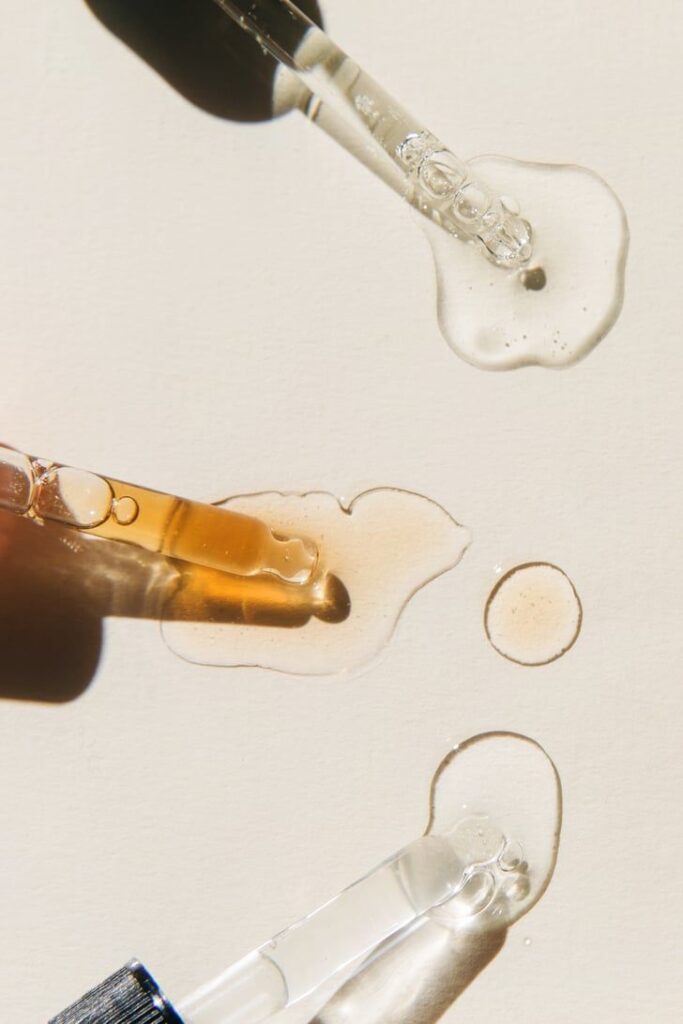Retinol is a form of vitamin A with many uses in skin care. It’s used to treat acne and has anti-aging effects. You can buy retinol over the counter (without a prescription) or visit your healthcare provider to discuss how retinol might best fit into your skincare routine. Your provider may prescribe medications that contain higher concentrations of retinoids than you can get over the counter.
Retinol is a topical treatment, meaning you apply it on top of your skin. Retinol comes in many forms, including:
- Creams.
- Gels.
- Lotions.
- Ointments.
- Serums.
- Retinol is also sometimes used as an ingredient in cosmetic products.
What does retinol do for your skin?
Retinol increases skin cell production (proliferation). It helps unclog pores. Retinol also exfoliates your skin and increases collagen production, which can reduce the appearance of fine lines and wrinkles, giving your skin a fresher, plump appearance.
What are the different types of retinol products?
Medications that you put on your skin are called “topical.” There are many topical retinoid products available, including:
- Adapalene (Differin®, Epiduo®).
- Alitretinoin (Panretin®).
- Bexarotene (Targretin®).
- Tazarotene (Tazorac®, Avage®).
- Tretinoin (Atralin®, Avita®, Refissa®, Renova®, Retin-A®, Tretin-X®).
How long does it take retinol to work?
Retinol starts to work in your cells right away, but it’ll take several weeks before you see an improvement in the look and feel of your skin. In fact, your skin condition may look worse at first as you adjust to the new regimen.
What does retinol treat?
Retinol for acne
Retinol for acne scars
Retinol for dark spots
Retinol for large pores
Retinol for Kaposi sarcoma lesions
Retinol for melasma
Retinol for psoriasis
Retinol for stretch marks
Retinol for wrinkles
Is retinol good for your skin?
Retinol is a powerful tool against ageing skin and acne, but it’s not for everyone. If you’re prone to allergies or have sensitive skin, you might want to try skincare products with alternative antiaging or skin-clearing ingredients. Importantly, retinol makes your skin more sensitive to sunlight so be sure to use sunscreen and avoid the sun as much as you can while you use retinol products.
Procedure Details
How do you use retinol?
Before you use a retinol product for the first time, try a little bit on a small area of skin (a patch test) to see if you have any negative reactions. If, after a couple of days, your skin patch isn’t very red or itchy, you can add retinol to your skincare routine at bedtime.
To use retinol, follow the instructions on the package or your provider’s recommendations for application. In general, here are the steps you take:
- Clean your skin with a gentle cleanser and pat it dry. Don’t scrub your skin while using retinol products.
- Apply retinol in a thin layer to your entire face (be careful not to get it in your mouth, nose and eyes). You should use a dose that’s about the size of a pea. For the first couple weeks of treatment, apply retinol only every other day.
- Finish with a facial moisturiser that won’t clog your pores (non comedogenic).

